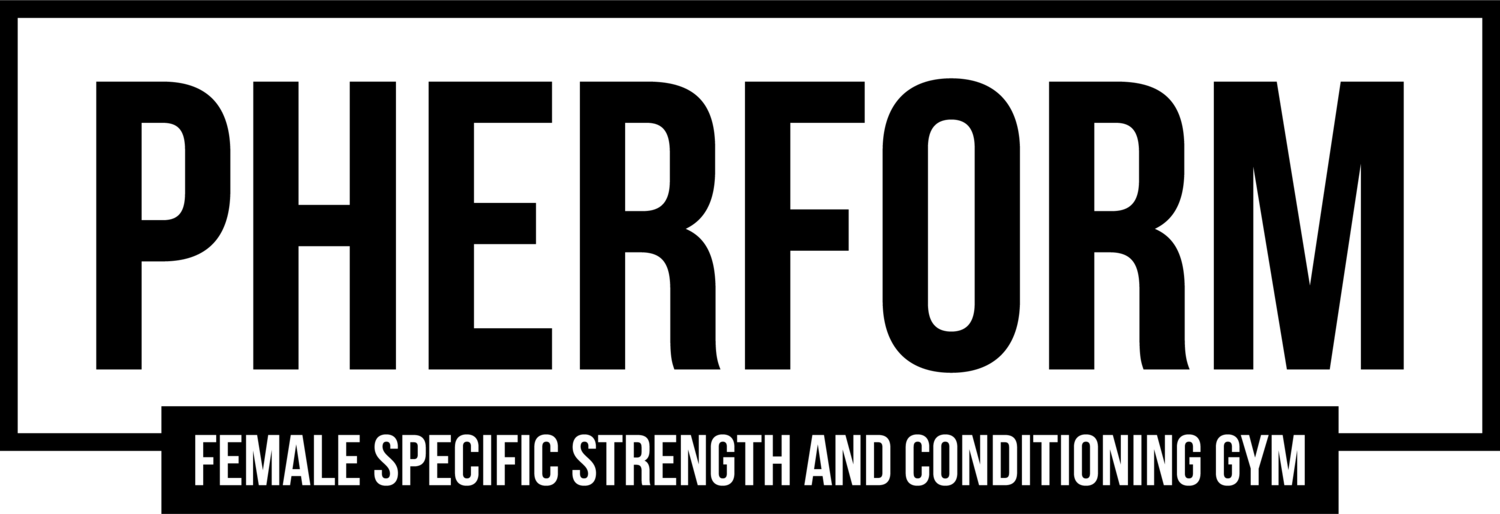Why We Don’t Actually Need a Separate Core Class (But You’re Still Training Your Core Every Day)
At Pherform, we offer a core based class called Shredher 2x a week and we get asked often “Why don’t you have this class daily?”
It’s a great question—because we know how important core strength is, especially for women who lift, run, carry, twist, and move through life at full speed.
Here’s the truth: Your core is already being trained—intentionally—every time you come in.
Let’s break it down.
What Is the Core, Really?
Hint: it’s not just your abs.
Your core includes:
The rectus abdominis (what we think of as “six-pack” muscles),
The transverse abdominis (deep core stabilizers),
The obliques (rotational control),
The diaphragm (breathing!),
The pelvic floor, and
The muscles of your lower back.
The Core’s Real Job? Stability in Movement.
Your core’s main role isn’t to perform endless crunches—it’s to stabilize your spine and pelvis so you can move safely and powerfully.
Think about it:
Squatting requires core bracing to protect your spine.
Deadlifting demands core tension to hold position.
Pulling a sled, pushing a prowler, or carrying heavy loads? All core work.
These compound movements train your core to function the way it’s meant to—in coordination with the rest of your body.
Every movement you train requires core engagement. We just train it in real-life ways.
What About Core Awareness and Engagement?
This is key—and we 100% agree: learning to engage your core is essential. That’s why our coaches cue it constantly:
“Brace like someone’s going to punch you.”
“Breathe into your belly and sides, then lock it in.”
“Ribs down, pelvis neutral.”
If you’ve ever been coached through a squat or a press at Pherform, you’ve been taught to activate your core.
Core engagement isn’t random—it’s coached.
Everyday Core Training, Too
Core strength isn’t just for the gym. Our programming prepares you for:
Carrying groceries (farmer carries),
Picking up kids (hinge + squat mechanics),
Rotating and reaching (anti-rotation and functional core strength),
Improved posture, bladder control, and breathing.
We don’t isolate—we integrate. That’s what makes your training functional and long-lasting.
So Why Not Add a Core Class?
Because doing more crunches and sit-ups won’t give you what most women actually want:
Better posture,
A flatter tummy (which is often more about breath mechanics + stress management),
Stronger pelvic floor,
Safer lifting,
More efficient movement.
We already train the core how it’s meant to be used—through breath, bracing, and full-body movement.
That said, we’re always sneaking in layering in core-focused finishers or mini core skill sessions in to our ignither classes—especially to help women learn how to connect to these muscles. So if you’re curious, ask your coach!
In Summary
You’re already training your core—every time you train at Pherform.
You’re learning to engage it safely, effectively, and functionally.
And you’re becoming stronger in the ways that matter—inside and out.

